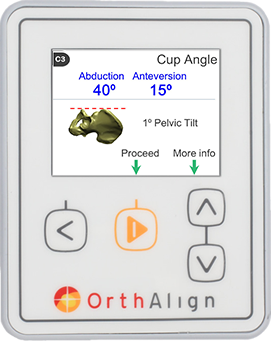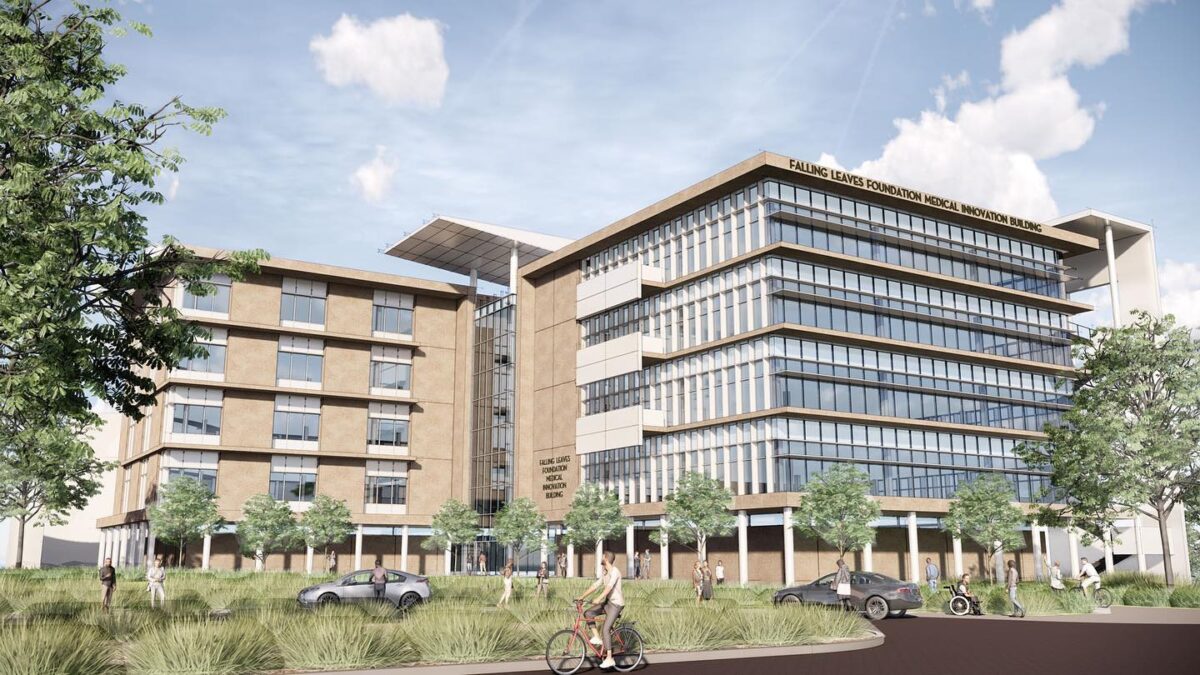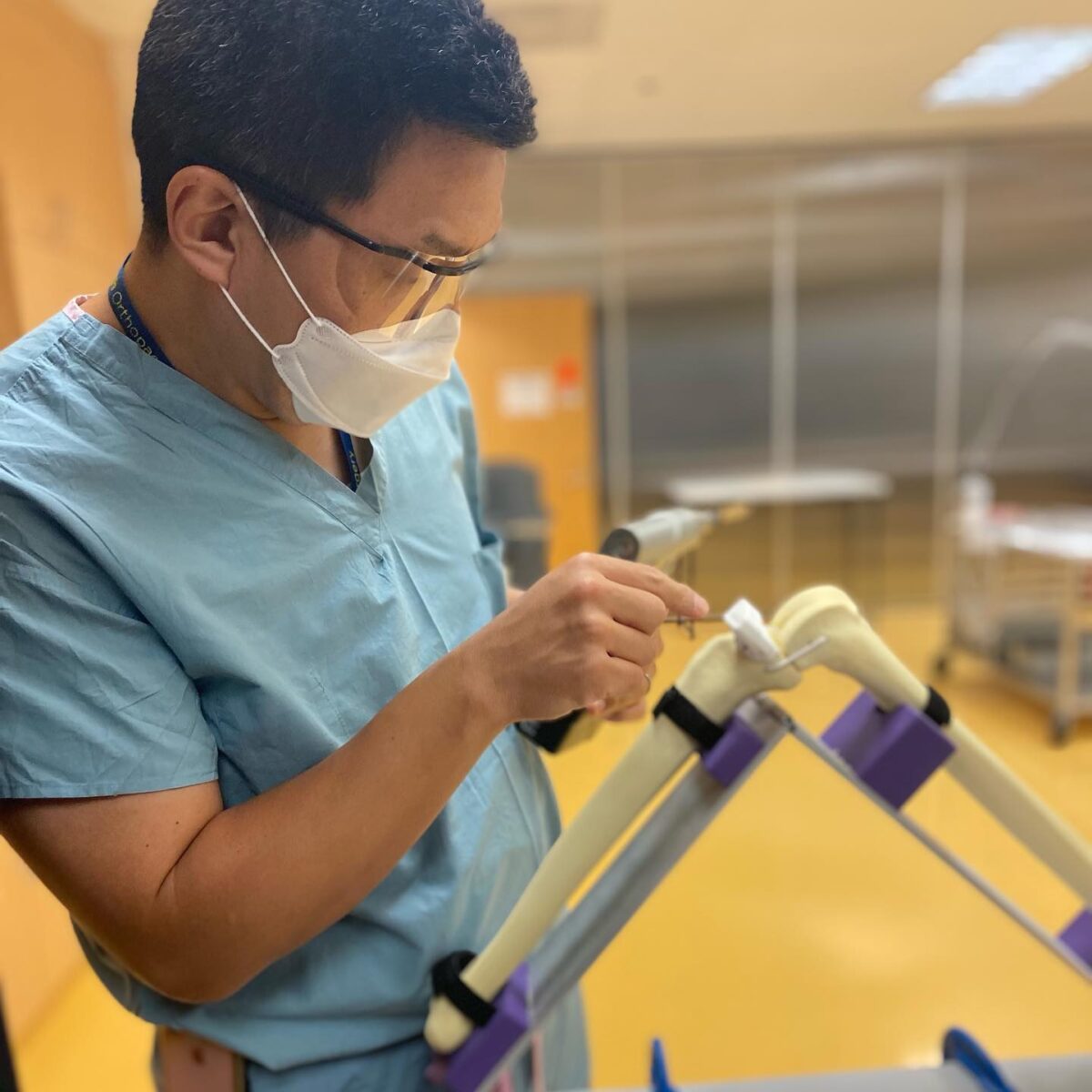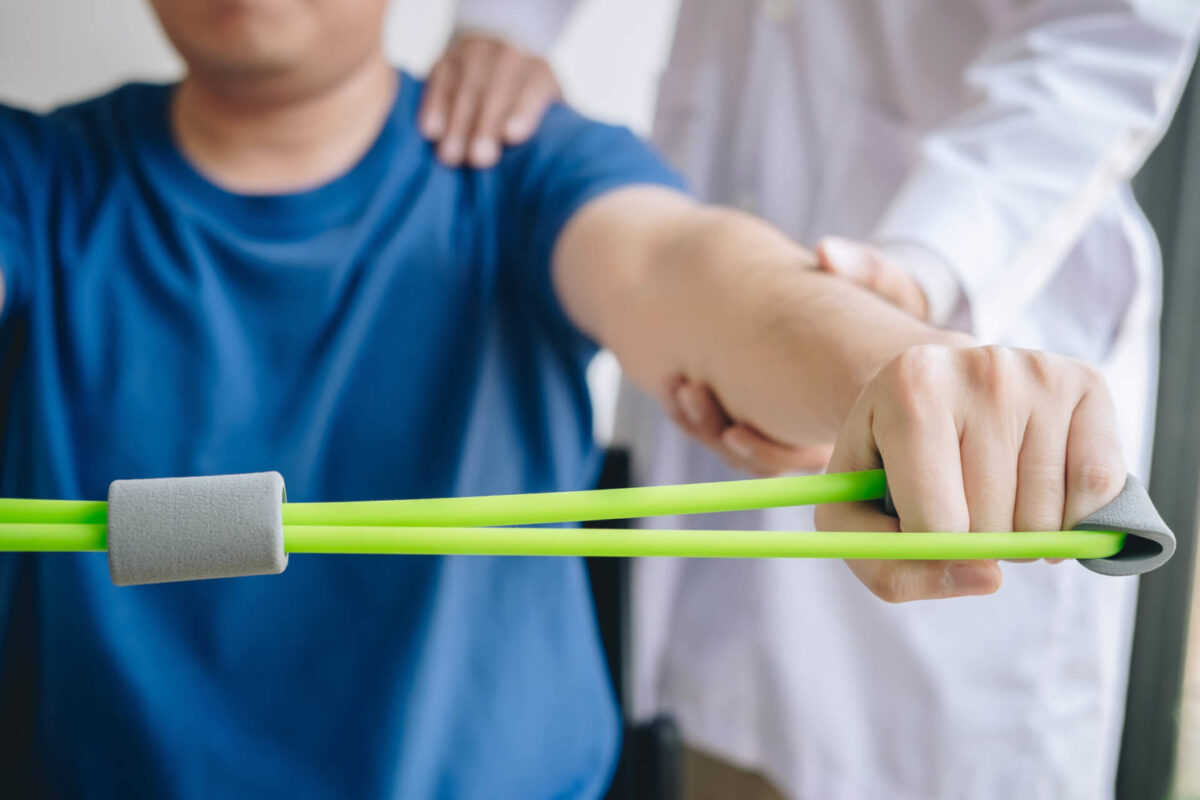Have Knee Pain?
Did you know that there are many options for managing and reducing your pain? Before you put up with discomfort and limited mobility any longer, take a moment to learn the facts about knee pain, and what you can do about it.
What is Osteoarthritis?
One of the most common causes of chronic knee pain is arthritis, particularly osteoarthritis (OA). OA occurs when there is a breakdown in the cushioning cartilage between joints. When this cartilage wears down, bones begin to rub against each other, causing pain, swelling, stiffness and damage to other parts of the knee.
While the exact cause is unknown, there are several factors that may increase risk of developing OA:
- Age: The strongest risk factor for OA is age 5. Typically seen in patients over 45, it may also start in young adulthood often due to injury.
- Gender: Women are not only more likely to have OA than men, but they may also have more severe.
- Joint Injury: Traumatic injury to a joint increases the risk of developing OA.
- Obesity: There is consistent evidence that obesity increases the risk of symptomatic hip OA.
- Joint Alignment: People with joints that are not aligned correctly, like bowlegs or dislocated hips, are more likely to develop OA in those joints.
Prevalence
There is a lifetime risk developing symptomatic knee OA of around 40% for men and 47% in women. This risk increases to 60% in people with a BMI of 30 or higher.
Diagnosis
OA generally presents itself with pain that has developed gradually, with stiffness or swelling of the joint – mostly associated with activity. A doctor performs a physical examination that focuses on the patient’s walk, range of motion in the joint and swelling or tenderness. Cartilage loss can be generally confirmed with x-rays that show a loss of cartilage in the affected knee.
Nonsurgical Treatment Options
OA can be treated either non-surgically with drugs, or with a variety of surgical treatment options. Nonsurgical options generally begin with lifestyle modification – losing weight, switching from running to lower-impact exercises and minimizing activities that may aggravate the patient’s condition. Certain drugs are available for the treatment of OA, such as anti-inflammatory and pain management medications. Physical therapy can also help increase the range of motion and flexibility in affected joints, and supportive devices like braces, canes and specialized shoes can assist with pain and weight-bearing issues.
Surgical Treatment Options
Total knee replacement with KneeAlign
When all non-invasive treatment has been exhausted and/or the damage is extensive, Total Knee Replacement (TKR) is one of the most successful of all surgical procedures, with a 90-95% success rate for pain relief. It involves replacing the bones of the knee with a combination of metal and plastic.
TKR performed with KneeAlign demonstrate several benefits over traditional total knee surgery, including:
- Studies demonstrate patients experience less blood loss17
- A more accurate and aligned knee implant15
- Surgeon has 100% control of the KneeAlign technology throughout surgery, based on real-time data
Unlike robotic-assisted total knee replacements, KneeAlign-assisted total knee replacements offer these positive features for patients:
- KneeAlign doesn’t require pre-operative CT-scan procedure, eliminating unnecessary exposure to radiation
- KneeAlign doesn’t use bone screws to affix it’s technology, so patients don’t experience extra incisions during the surgery
Partial Knee Replacement with KneeAlign
If the damage is only confined to a particular component of the knee, you may be eligible for a Partial Knee Replacement (PKR). Patients with medial or lateral, knee OA can also be considered for PKR. A doctor will assess identify the location of the pain, the range of movement and your knee’s stability before confirming eligibility through an x-ray.
Partial knee replacement offers several potential benefits over total knee replacement for patients with the proper indications:
- Less pain
- Quicker recovery and rehabilitation
- More normal feeling knee
- Smaller incisions
- Shorter hospital stay
Unlike robotic-assisted partial knee replacements, UniAlign-assisted partial knee replacements offer these positive benefits for patients:
- No pre-operative CT-scan or MRI-scan procedure required
- No extra incisions for affixing bone screws to robotic tracking technology
Total Knee Replacement
Partial Knee Replacement
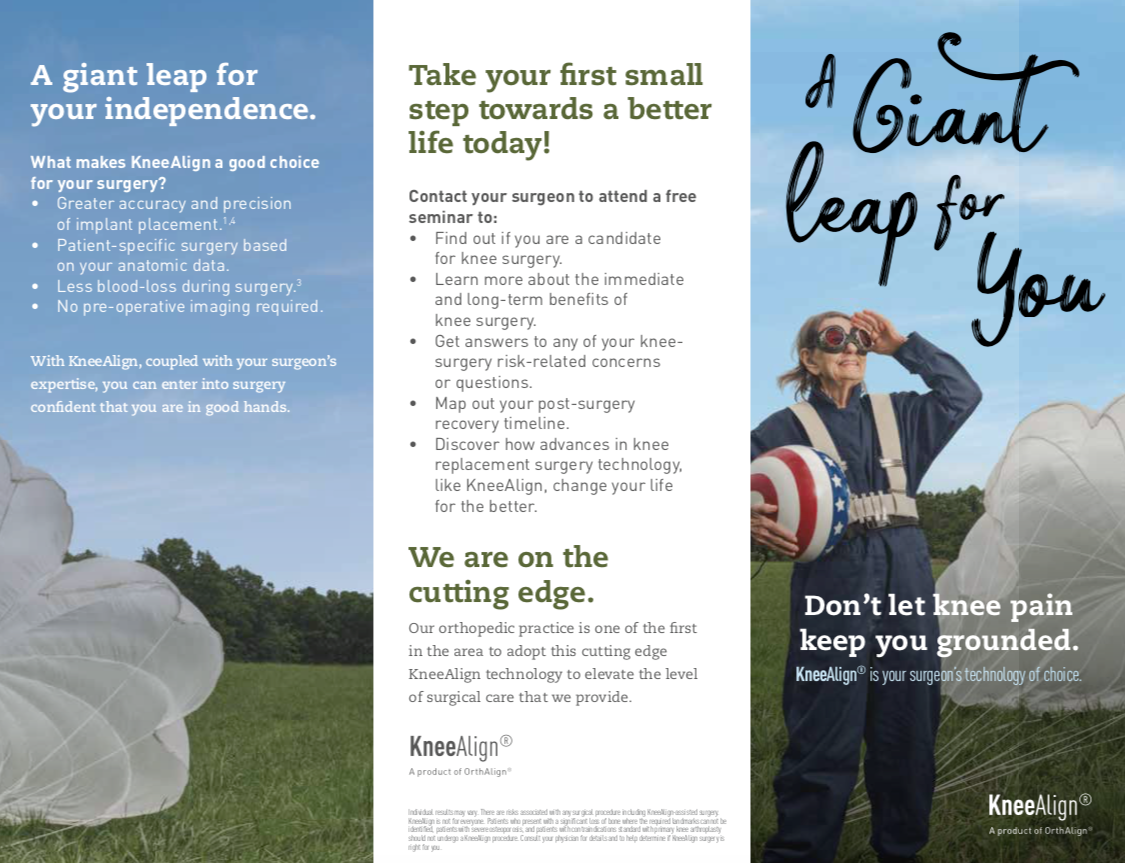

What is KneeAlign?
KneeAlign is a hand-held computer navigation unit, providing real-time navigation and alignment information to your surgeon throughout your knee surgery. It works through sophisticated micro-sensors, deploying the same precision technology that keeps satellites and space stations in orbit and aircraft straight and level.
What are the benefits?
KneeAlign’s advanced guidance systems act as a GPS for your surgeon, guiding the total or partial knee replacement surgery to ensure accuracy and reducing risk of malalignment.One key to a successful result after knee replacement is to restore the normal alignment of the leg. The alignment should create a straight line from the hip through the knee to the ankle.
The standard way surgeons achieve this is by inserting a rod into the middle of the bone. After surgery this can result in more bleeding from the bone which can affect recovery. The KneeAlign computer gives more accurate alignment without insertion of a rod making it less invasive with less blood loss.

